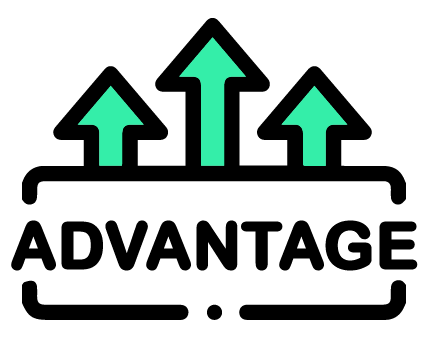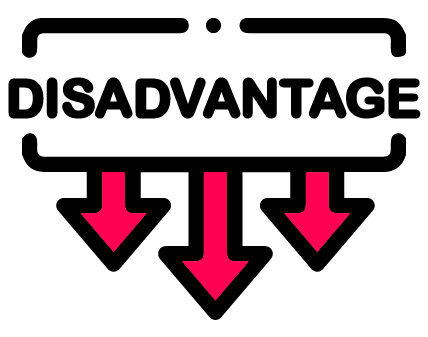Today, digitization is a key factor for companies that want to stay ahead of the competition. IT infrastructures play a decisive role in this. However, companies are faced with the question of which IT infrastructure is best for them: cloud or on-premises?
The cloud refers to an infrastructure for the provision of IT services and resources that are accessible via the Internet. It is essentially a collection of servers distributed in data centers around the world and connected via the Internet. In a cloud, data is stored on external servers. The most common principle of a cloud is “Software as a Service” (SaaS). But there is also Infrastructure as a Service (IaaS) or Platform as a Service (PaaS). However, because of its incredibly easy access, SaaS has already won out over the other models in many areas. Companies and individuals can access these servers to use services such as storage space, computing power, application software and databases without having to own or manage the necessary physical hardware themselves.

Cloud systems offer companies numerous advantages. One key advantage is scalability. Companies can adapt their capacities quickly and flexibly and thus respond to changes in the business. Another advantage is the high availability of the systems, as they are often hosted in several data centers worldwide. Another important decision point is security. Cloud providers usually have access to the latest security technologies and can implement them quickly to ensure and increase the security of the data. In addition, they often have a much larger team available for this purpose. This frees up companies’ own IT staff and also allows them to save costs and focus on their core business.
However, there are also disadvantages with cloud systems. Companies are dependent on Internet access and the cloud provider. In addition, with a large number of users, there is a risk of performance degradation. Data security is another important aspect that companies must consider when choosing a cloud provider.

An on-premises solution is opposite to a cloud. With on-premises systems, all IT resources and services are installed and operated in a company’s own network. Accordingly, your data does not reside on externally hosted servers, but is administered internally. The costs of setting up and maintaining such systems can be high, as companies usually have to buy and install hardware, software and infrastructure to run their IT systems.

On-premises systems, on the other hand, offer companies more control and security. All data and systems are located within the company and can therefore be better protected. Companies also have more control in terms of performance, as the systems do not have to be shared with other users. In addition, on-premises systems are generally less expensive if the company plans for the long term and makes the appropriate investments.
With on-premises systems, companies usually have to make higher investments because they are responsible for the entire infrastructure themselves. They also have to take care of maintaining and updating the systems themselves. In addition, capacity bottlenecks can lead to problems.

In the decision for cloud or on-premises systems, it therefore depends on what priorities a company has. Those who focus on scalability and flexibility are well advised to use cloud systems. Companies that place particular emphasis on security and control, on the other hand, should opt for on-premises systems.
Ultimately, companies must also consider their individual starting position when deciding on an IT infrastructure. However, they should not forget that digitization offers an opportunity to optimize business processes and achieve competitive advantages.

Share: